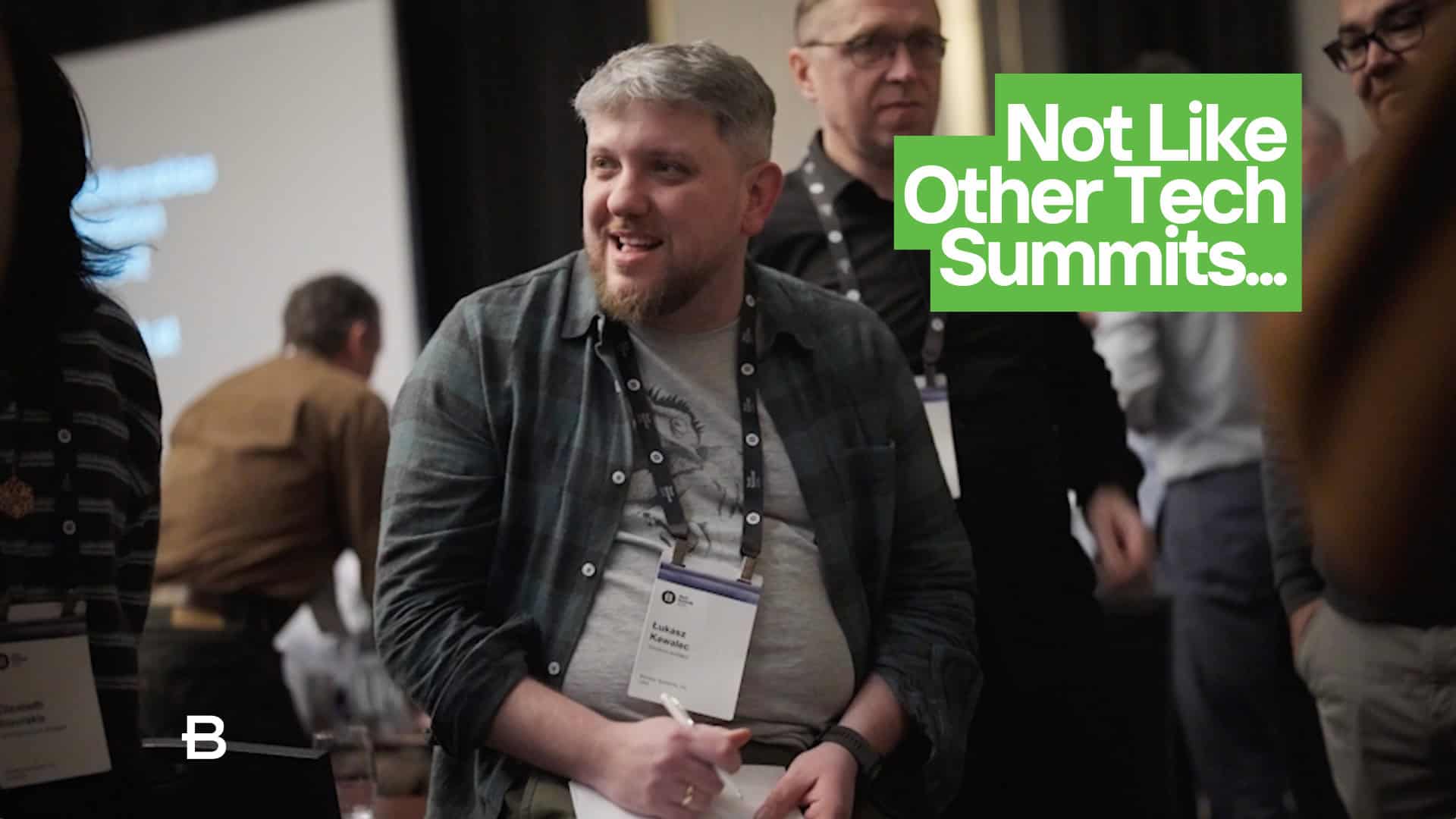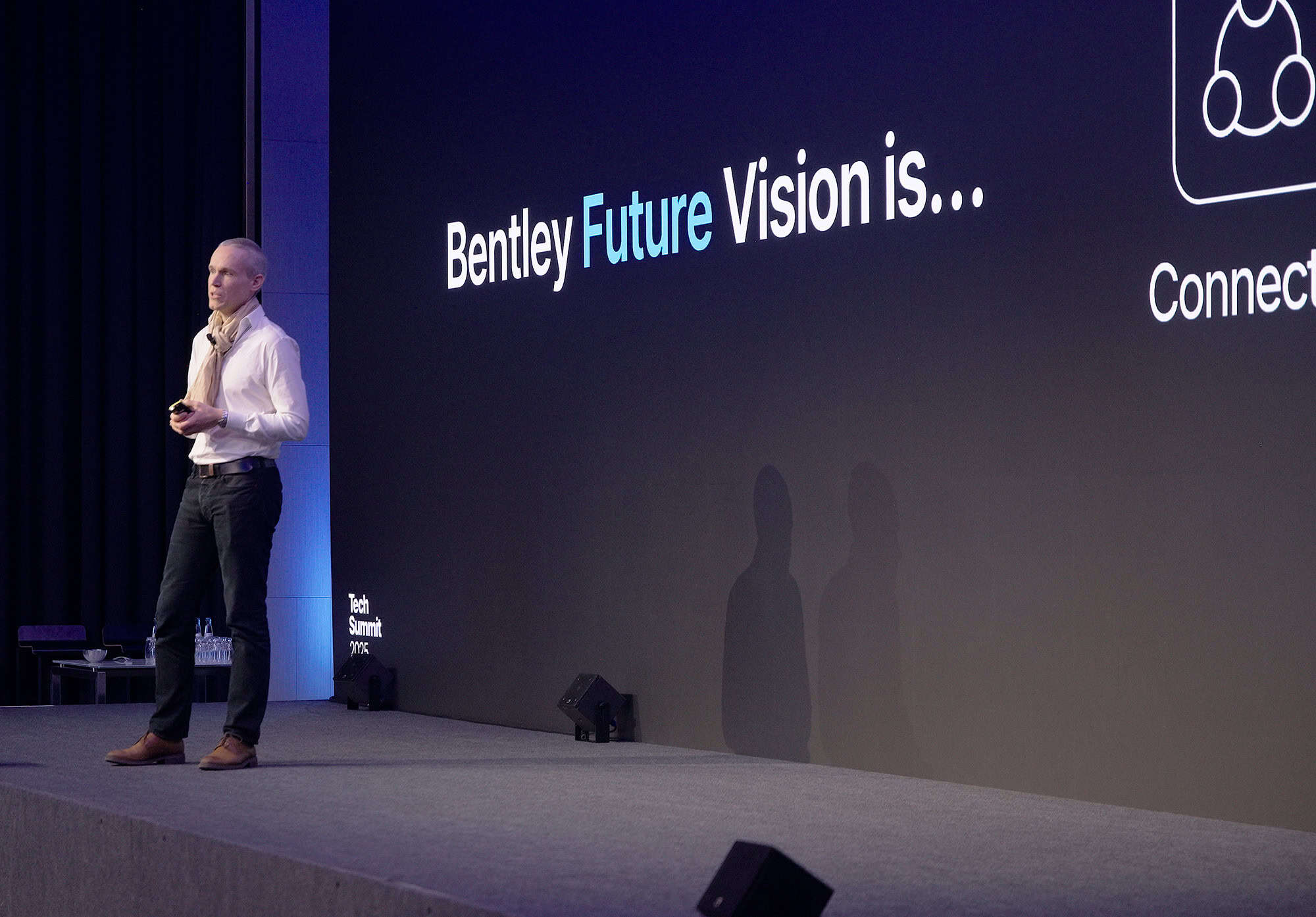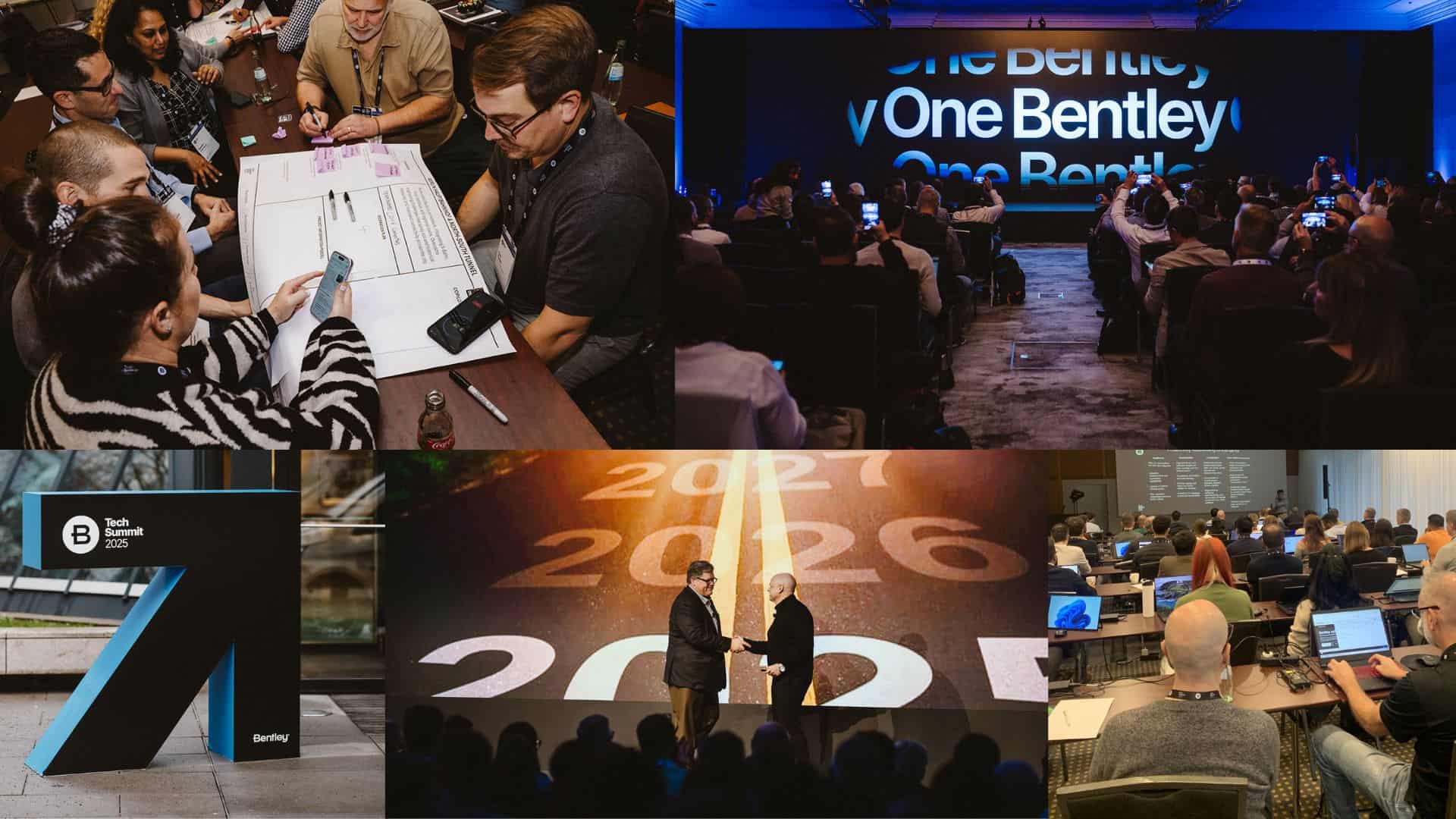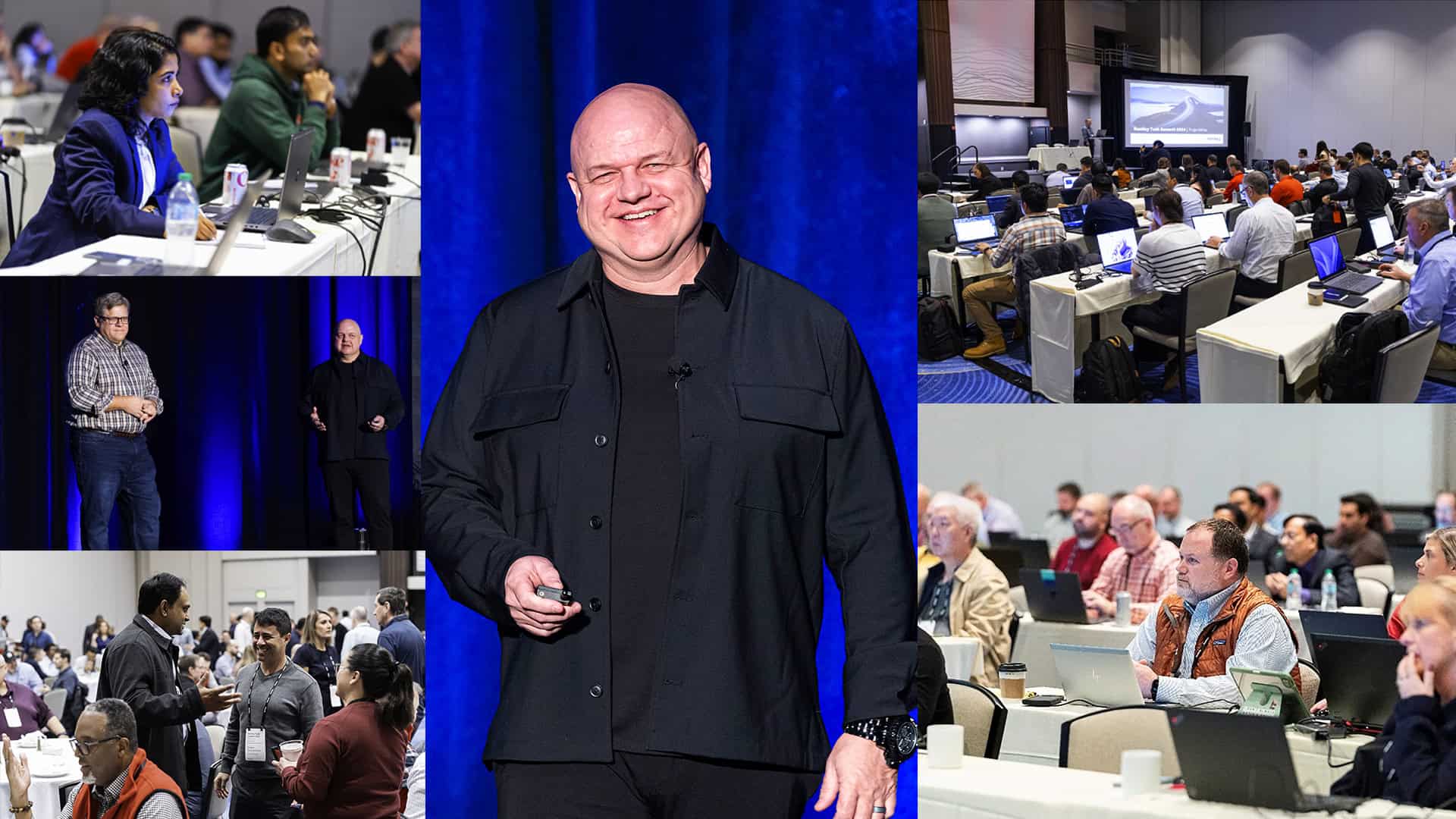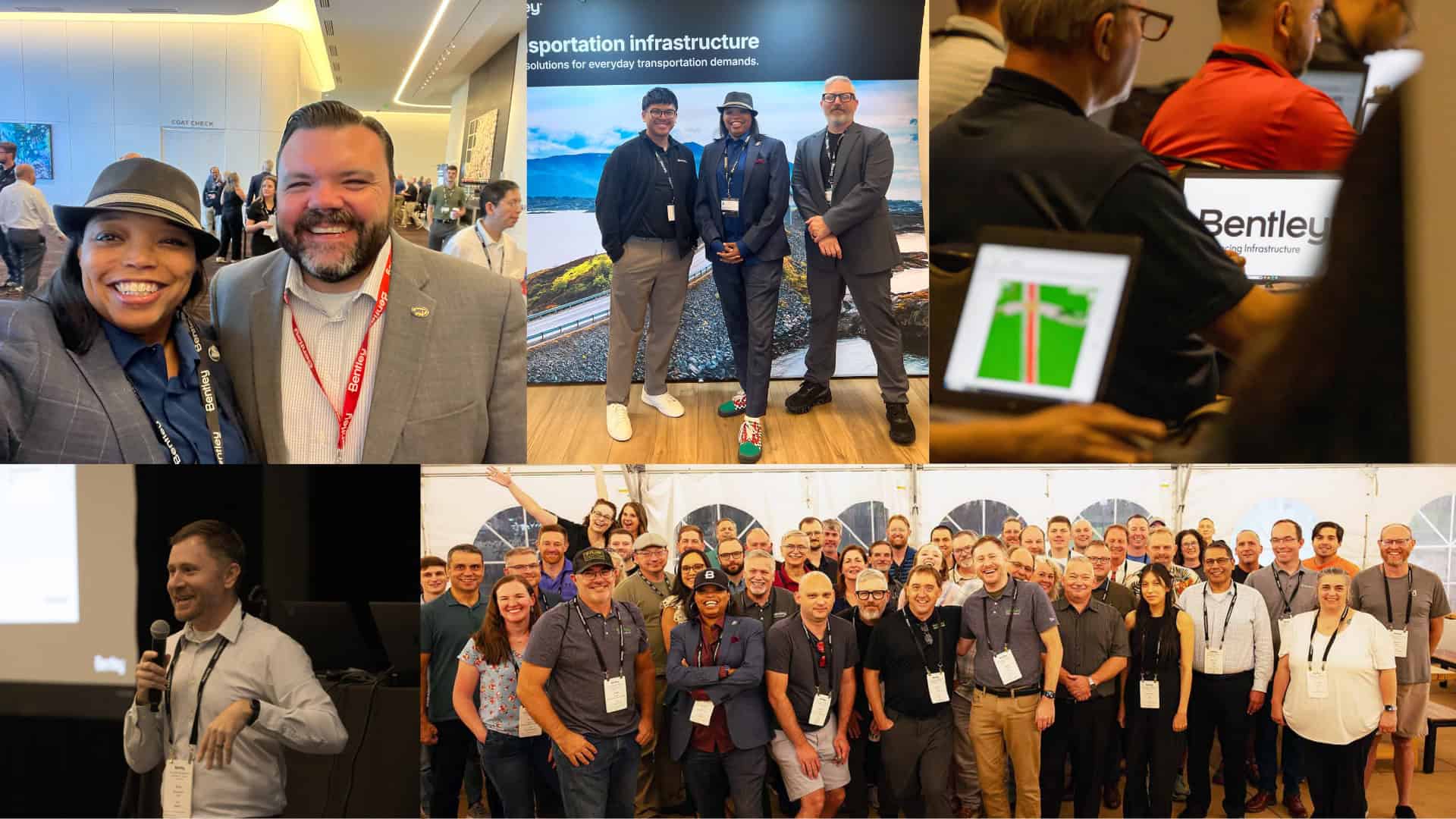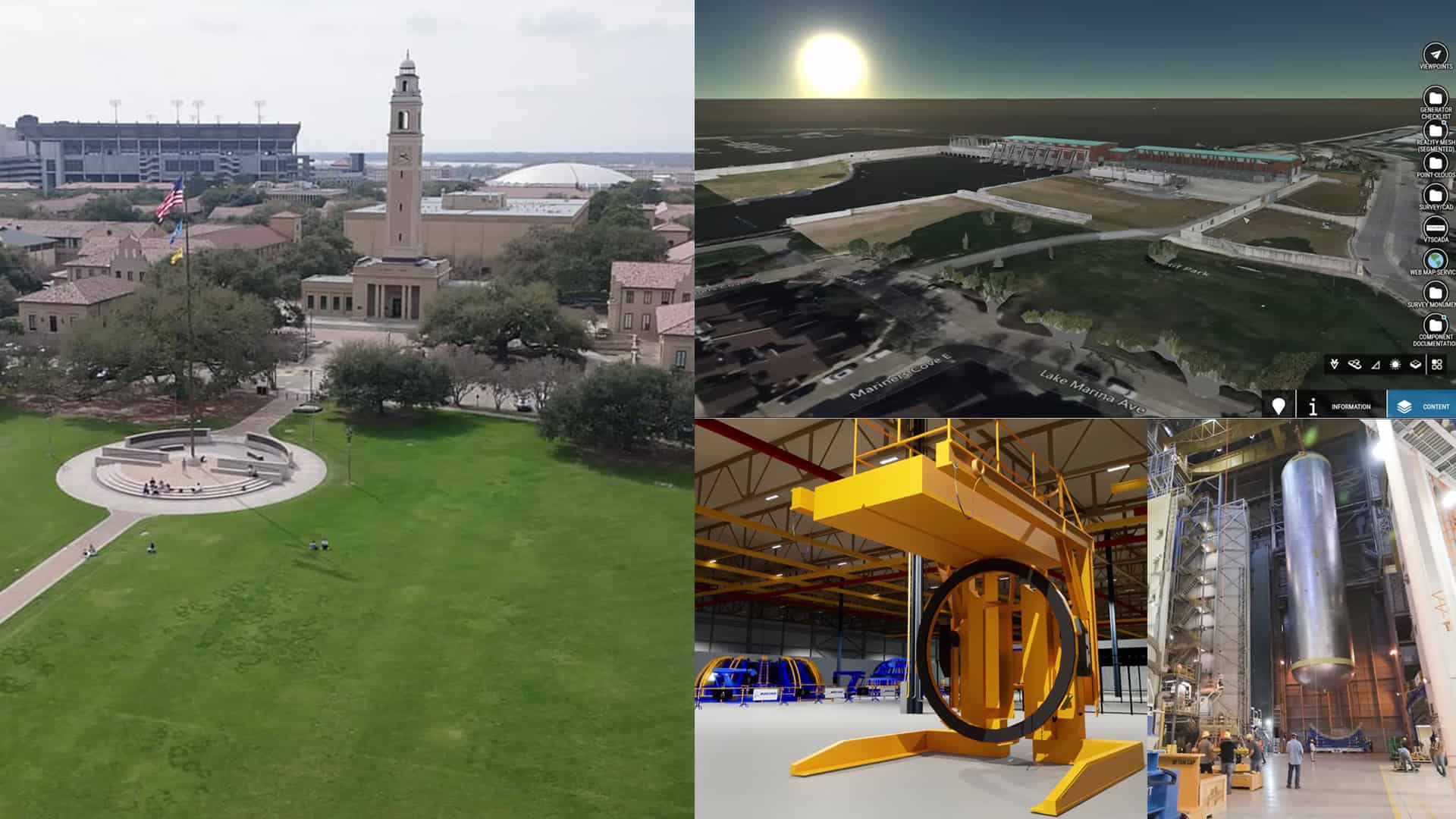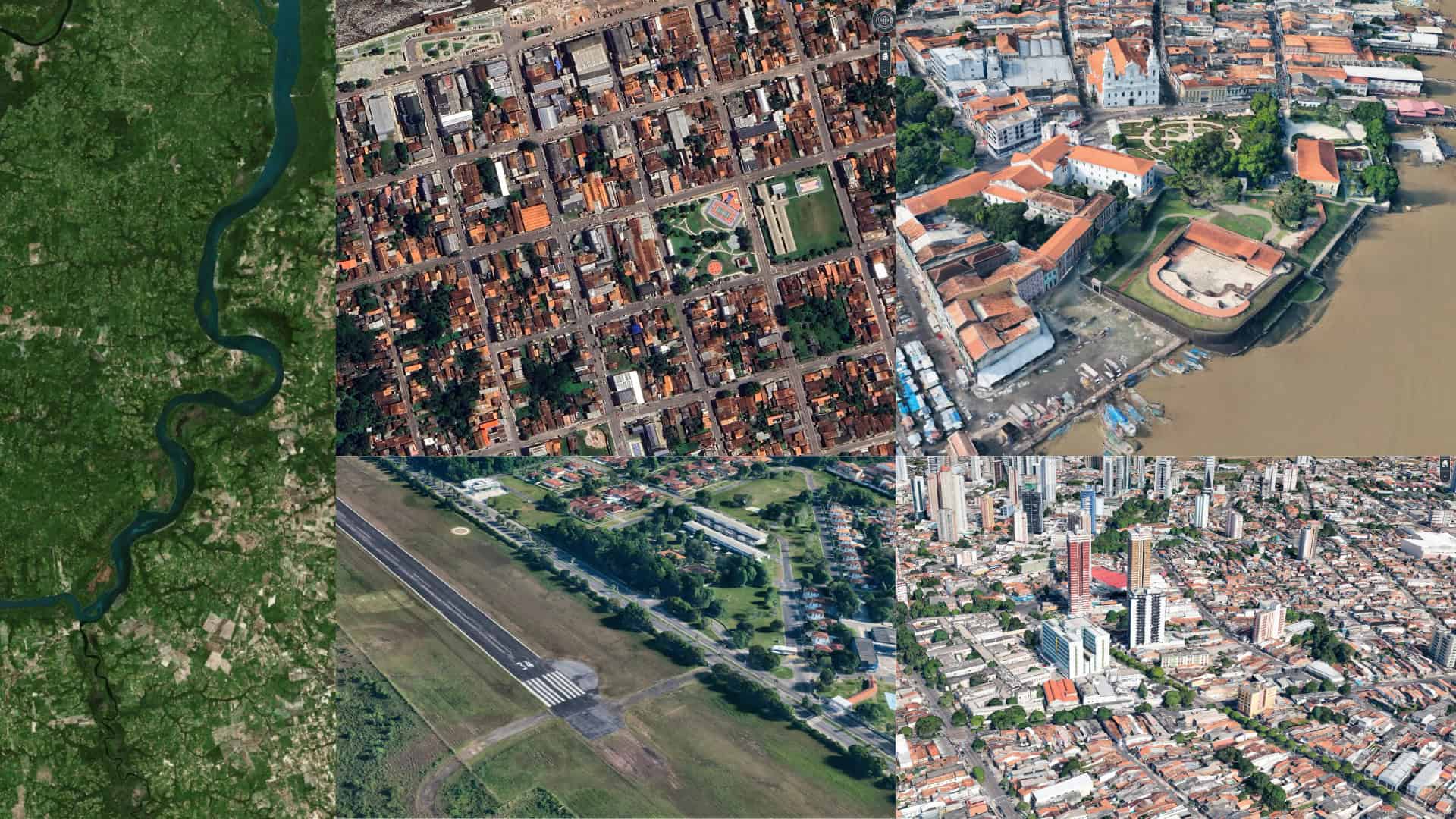Everything is bigger in Texas, including the data centers that power artificial intelligence (AI).
One of the largest such centers in the U.S., and possibly the world, is now under construction in the West Texas city of Abilene—and the numbers are staggering. The site will span 4 million square feet, roughly 70 football fields, and include eight buildings that will each house up to 50,000 Nvidia AI chips. The center’s power needs will approach 1.2 gigawatts, rivaling the output of a nuclear plant.
The facility is part of the $500 billion Stargate Project, a massive initiative involving OpenAI, SoftBank, Oracle, Microsoft, Nvidia, and other AI giants. Once complete, the Abilene datacenter will help form the backbone of AI infrastructure in the U.S. in the years ahead.
Sheer size isn’t the only challenge of building the facility. Complexity is just as formidable, says Hannu Lindberg, vice president for construction technology at DPR Construction, the project’s general contractor. “These hyperscale datacenter projects are in high demand. We’re building in more and more remote locations due to cost-effective land and power, and grid capacity to run these massive facilities,” he says. “And we are building them faster than ever to meet the ever-growing market need.”
To manage that complexity, DPR is deploying advanced digital planning tools—especially “4D” planning, which links 3D models to construction schedules. “I try not to be super philosophical, but we want to build the building virtually before we build it physically,” says Thomas Whiteley, Lindberg’s colleague and DPR’s planning and scheduling technology project manager. “That eliminates headaches. I’m trying to make life easier for the folks in the trailers [on construction sites] by avoiding fires that could happen during construction. That’s what 4D planning helps us do.”
At the center of the effort is SYNCHRO 4D software from Bentley Systems, the global infrastructure engineering software giant. SYNCHRO is already being used in some of the world’s most ambitious engineering efforts, including the kilometer-tall Jeddah Tower in Saudi Arabia, the ITER fusion reactor in France (sometimes called the world’s most complex machine), and the U.K.’s new high-speed rail line, HS2. Projects using the software have already saved hundreds of millions of dollars while improving sustainability.
“SYNCHRO enables designers and construction professionals to virtually plan an infrastructure asset,” says David Ayeni, Bentley’s construction product strategy director. “It derisks the whole construction project. I like to say you build it twice—once virtually and once physically.”
Due for an upgrade
The massive Abilene project fits well with SYNCHRO’s capabilities, but Bentley wants to take the software to the next level. Last June, Lindberg and Whiteley flew to Bentley’s London office to help push the software even further during a SYNCHRO+ hackathon. They were joined by a few dozen engineers, AI experts, user interface designers, and other professionals.
The goal of the hackathon was to improve the user experience, connect design more directly to construction, and explore generative AI integrations. “We know how to build software, but the software isn’t for us,” says Ayeni. “This hackathon brings our users, partners, and other tech providers together with our developers to hear firsthand what’s needed—and prototype a minimum lovable product by the end of the year.”
Whiteley, who flew in from Dallas, about 180 miles west of Abilene, says the event stood out. “There’s not a lot of construction software companies inviting industry folks to come solve problems at these kinds of highly collaborative events,” he says. “It says a lot about Bentley that they’re really investing in the end-user experience and want feedback from the people using the product.”
Whiteley was part of one of four hackathon teams working to close the gap between planning and execution. Their mission was to eliminate handoff points, link project stages through a digital thread, break down data silos, improve usability, and use AI to forecast outcomes, suggest corrections, and automate repetitive tasks.
Geoff Roberts, industry director at Oracle’s construction unit, echoed the industry’s need for smarter, more visual tools. “Globally, we’re still in Excel,” he says. “If we can get everyone thinking in 3D, we can start layering in 4D and then let AI take over. We want [AI] to start making suggestions—this is the best way to construct this facility. There will always be manual overrides, but AI can give you an excellent first pass.”
partners in data
Partners like Oracle are key to have at events like the hackathon, says Nicole Stephano, Bentley’s vice president for ecosystems and ventures. “At the end of the day, not one single vendor can support a contractor, a designer, or an owner operator,” Stephano said. “We need to understand how our solution is used in context with other solutions.”
Participants ranged from seasoned industry veterans like Roberts to new users like Jasmine Roper, a digital engineer at Taylor Woodrow. Bentley invited her specifically for her fresh perspective. “One of the biggest problems is communicating ideas clearly,” Roper says. “A digital model lets people see exactly what they’re going to build. It cuts out confusion and miscommunication.”
On the final day of the hackathon, Whiteley was energized despite little sleep. “This is not like anything I’ve ever been to before,” he said. “I flew in yesterday and landed this morning at 6:30 a.m.; I didn’t sleep on the plane, but the vibe, the enthusiasm, the excitement kept me energized—it’s been a really cool experience.”
He said his team included an international group of everyday SYNCHRO users, Bentley user interface designers, and AI engineers. Reflecting on what generative AI can do for SYNCHRO and for construction in general, he added: “It’s going to simplify things for everybody. It’ll get us where we need to be faster, so folks don’t have to hack their own solutions. It’ll let people spend less time behind a computer and more time out in the field building.”
This story was written by Bentley Systems Chief Storytelling Officer, Tomas Kellner.

